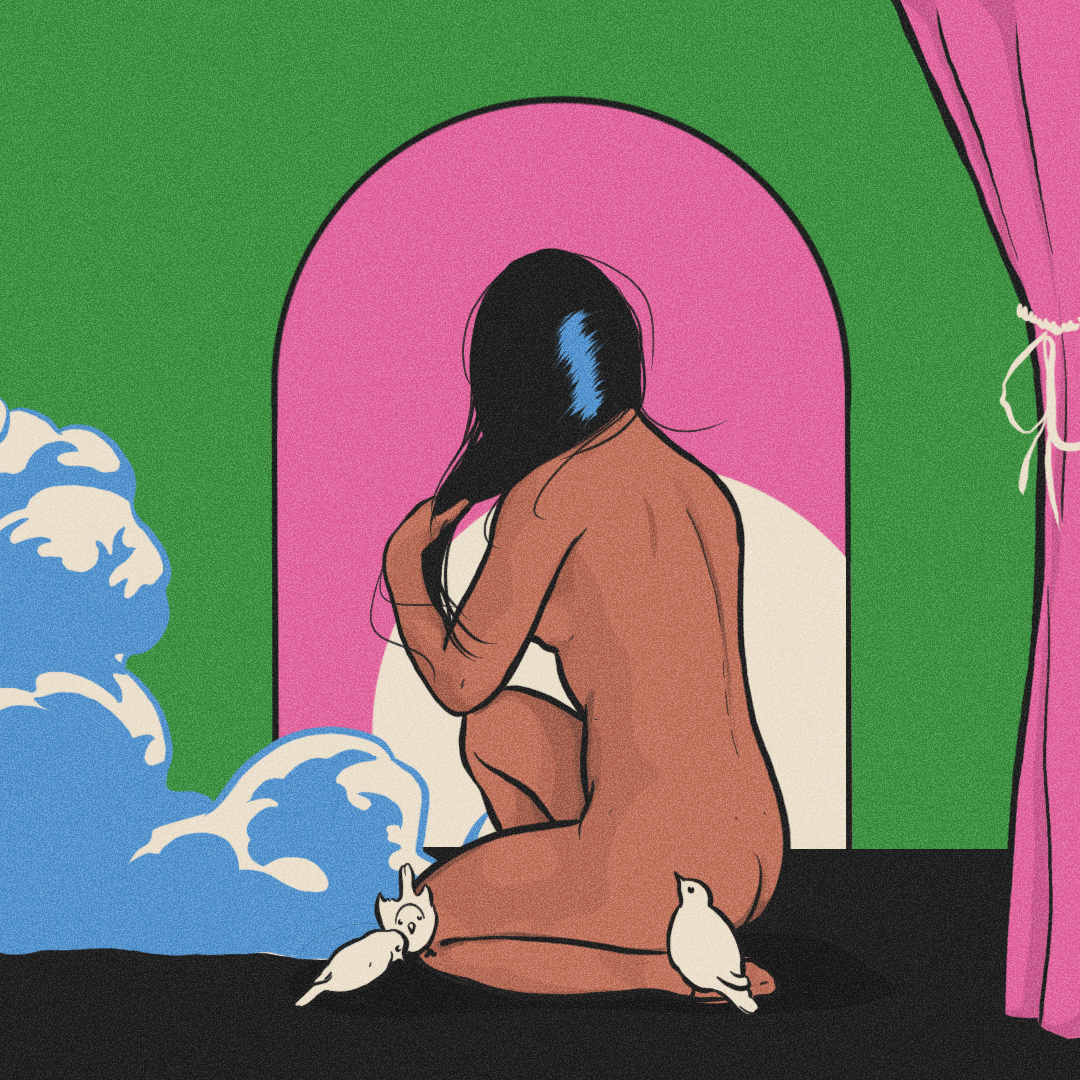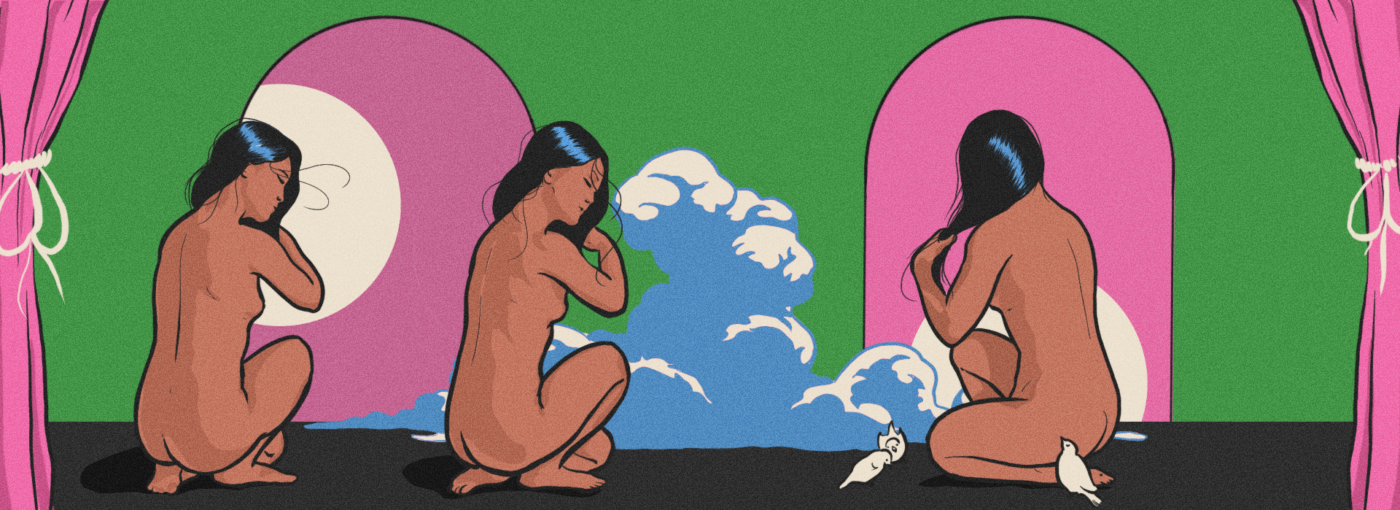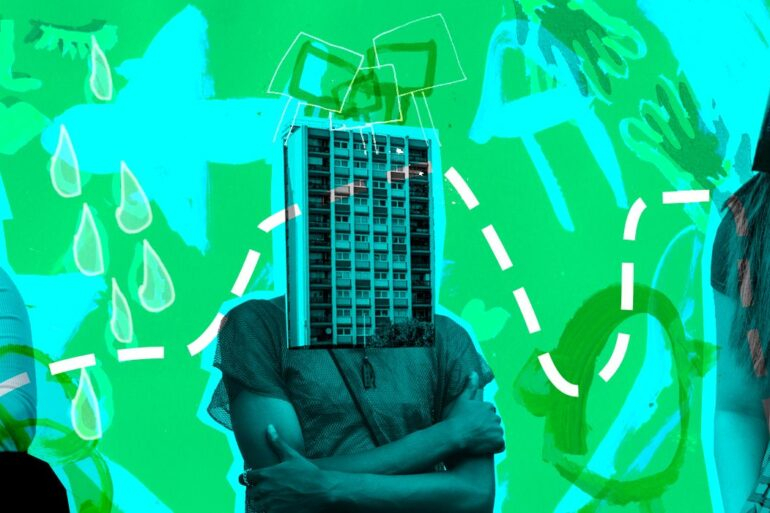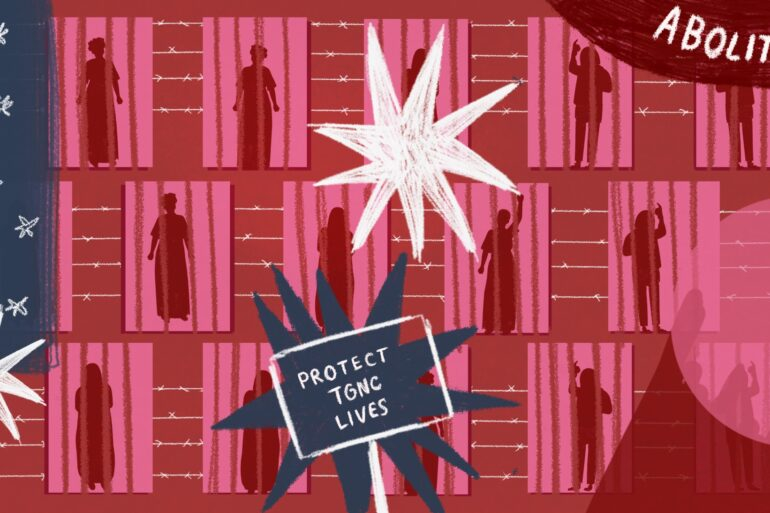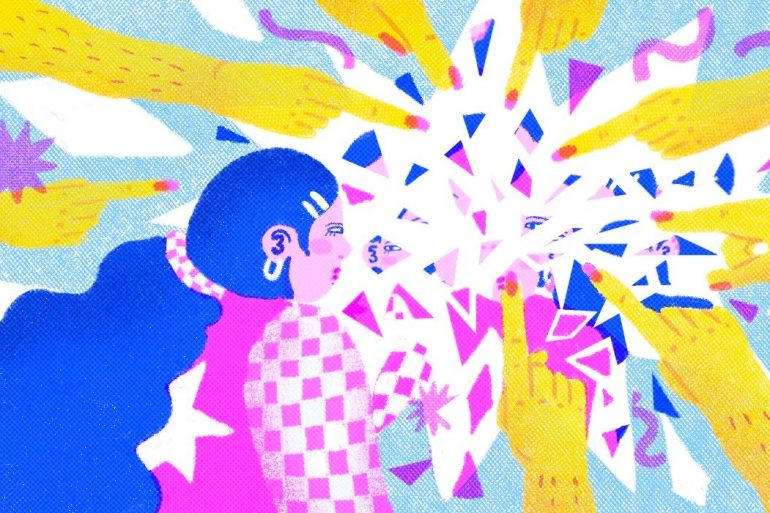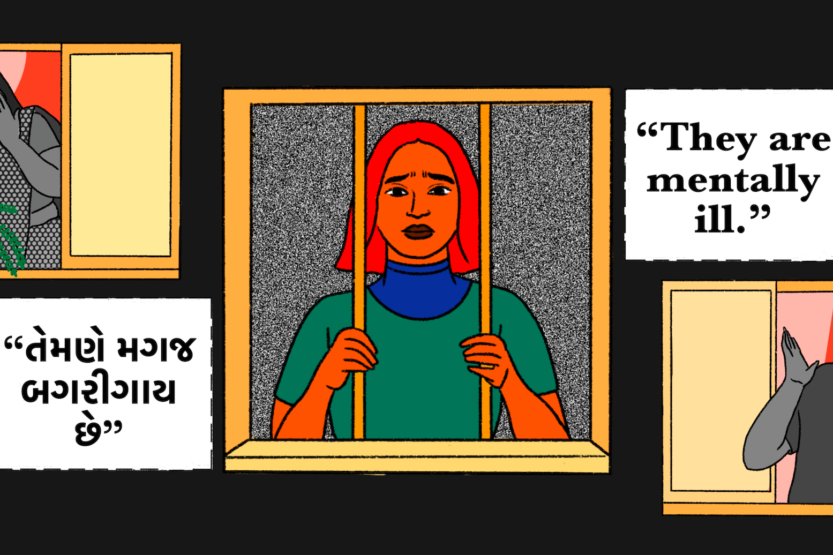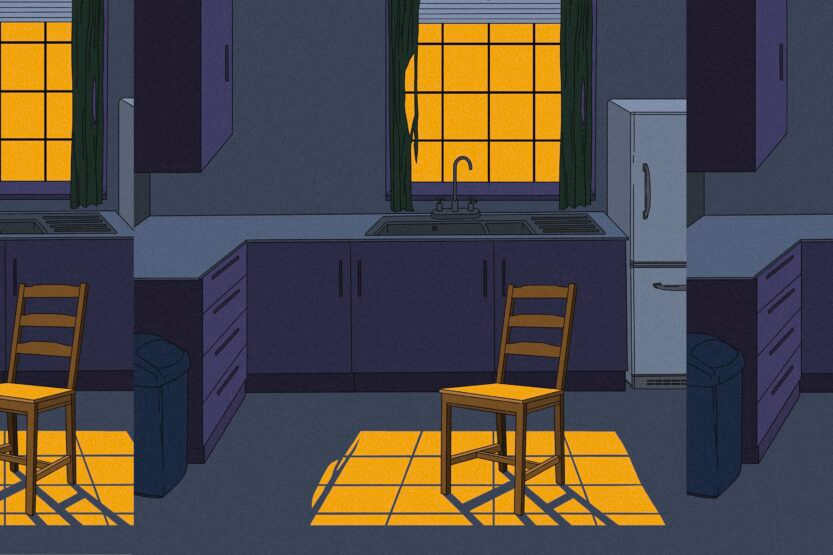In September 1996, Maria-Elena Carvajal was forcibly sterilised in a hospital in Lurin, a southern district of the Lima region in Peru.
Unfortunately, Maria-Elena’s story isn’t unique. During Alberto Fujimori’s government between 1996 and 2000, the Peruvian government implemented a National Program of Family Planning and Sexual and Reproductive Health, where approximately 300,000 women had their fallopian tubes cut, blocked or tied, leaving them permanently unable to have children.
Fujimori was the president of Peru between 1990 to 2000, during which there were multiple cases of human rights violations and corruption. In 2000, he fled Peru due to the uncovering of a corruption scandal in his government, and resigned by fax from Japan. He was then extradited, and in 2009 he was judged and condemned for human rights crimes. However, he has never faced retribution for implementing forced sterilisations.
His government’s justification for this violent procedure was that “family planning” would lower the birth rate and therefore reduce poverty. However, in practice, the local implementation of the programme disproportionately targeted Indigenous women in poor communities. Recently, this has led to accusations that sterilisation was used therefore as a form of state imposed control of Indigenous populations.
Maria-Elena’s journey
These accusations are being headed by AMPAEF, the Association of Women Affected by Forced Sterilisations in Peru, an organisation which Maria-Elena is now regional president of. AMPAEF provides a platform for women affected by the sterilisations, allowing women from all over Peru to connect and co-ordinate protests.
As testimonies of the plaintiffs and accused are currently being heard in court, I met with Marie-Elena at her home in Lurin to understand more about how AMPAEF is organising amidst this pivotal moment.
“We haven’t seen justice for 25 years,” she tells me, “and we’re still suffering.” AMPAEF not only support the demands for justice, but also are campaigning for reparations for the women who have been sterilised and for their families
Sterilisations as a tool of the coloniser
New research at Paris Cité University has linked the horrors inflicted on women during this period to neo-colonialism, viewing forced sterilisation as a deliberate tool of racism by the government to prevent the population increase of racialised communities, in a country where 45% of the population is Indigenous.
I spoke to researcher Rosa Muriel Mestanza, who explains that: “This policy was designed to prevent the reproduction of racialised women; to prevent the reproduction of their community, their customs, and their lives.”
It became clear that the programme was targeting Indigenous people when, starting from 1996, Ministry of Health officials launched ‘Health and Fertility Festivals’ in rural and poor communities – which are, by design, majority Indigenous.
These festivals essentially acted as promotion for sterilisation, with messages and banners that encouraged the procedure. Medical teams were present at the festivals so could perform the sterilisations then and there. The festivals were never present in wealthy neighbourhoods or in urban areas.
This explicit targeting has also been shored up in human rights lawyer Giulia Tamaya’s “Nada Personal” report. In this she highlights further tools of coercion used by government officials including how a lack of information on the procedure was offered and how poorer women were persuaded to undergo sterilisations in exchange for food donations – and in some cases through physical force.
Language as another tool of the coloniser
This discriminatory practice was aided by the language barrier which existed between many Indigenous women and the medical practitioners carrying out the procedures.
Peru has three official languages. Spanish, spoken by 83.9% of the population, Quechua, spoken by 13.2% of the population (mostly in the Andes region) and Aymara, spoken by 1.8% of the population, especially in the highlands.
There are also 72 local languages and dialects in the country. As most women who went through forced sterilisations spoke Quechua or other Indigenous languages, they were unable to communicate fully with the doctors who spoke only Spanish. This in turn raises questions concerning the lack of transparency surrounding the surgery and also about these women’s ability to give informed consent.
The report also shows evidence that medical practitioners were pressured to meet certain quotas concerning the number of sterilisations they carried out as well as being financially incentivised by getting paid for their services.
In many cases women also suffered abuse and mistreatment at the hands of these doctors, at least five women died from complications following the surgery.
After these procedures took place there was little to no recourse available for women to appeal to authorities for justice, compensation or support.
The failings of the Peruvian justice system
Since the early 2000s and the fall of Fujimori’s government, more than 1,300 women have brought their case to the Court of Peruvian Justice. However, many of these cases were shelved by state prosecutors on the grounds of insufficient evidence, despite the documentation and testimonies gathered by lawyers and activists.
In 2015, under Ollanta Humala’s presidency, the Peruvian government launched the REVIESFO, the National Register for Women Affected by Forced Sterilisation in Peru, handled by the Ministry of Justice. For the first time, a state register recorded how many women have actually gone through forced sterilisations.
Subscribe to shado's weekly newsletter
Exclusive event news, job and creative opportunities, first access to tickets and – just in case you missed them – our picks of the week, from inside shado and out.

This allowed a new wave of pressure to mount on the justice system in Peru and in 2021, the case was reopened.
Court hearings finally started, and plaintiffs and the accused gave their testimonies. Since then, the hearings have been taking place, but no criminal trial has yet started holding the ministers in charge of the programme to account.
However, on 5th December 2022, a step towards obtaining reparations was reached. The women who went through forced sterilisations were, for the first time, ruled by the Peruvian judicial power as having the constitutional right to reparations.
Creating alliances and renewing the Peruvian feminist agenda
As the case of racialised sterilisations becomes more known in Peruvian activist circles, it has started to be adopted into the Peruvian feminist agenda. Somos 2074 and Marea Roja are two feminist collectives created to mobilise in solidarity with the women who have been affected by the sterilisations.
These collectives, formed by intergenerational groups of feminist activists, use art and performance as part of their activism, with symbols such as bloody uteruses printed on red scarves, that evoke the forced sterilisations cases and denounce the lack of justice.
The performances are usually choreographed by a group of activists, who wear red skirts, red scarves, and write messages on their clothing or bodies to raise awareness of, and call accountability for, forced sterilisations.
These performances are working to create new symbols of collective memory and thanks to social media, the performances have been shared all over the country.
Rosa highlights that: “These activist groups show a renewed understanding of what reproductive justice means in Peru, and has allowed feminist activists to make links between the right to abortion and the right to justice for forced sterilisations”
The next steps towards justice
It seems as though these women, who have fought tirelessly for decades, are finally making headway. However, various questions remain, especially concerning when and if reparations will actually be implemented.
The continuation of the court hearings and the beginning of a criminal trial for the ex-President and its health minister is still pending. However, activists are hopeful that recognition will occur.
As women from the AMPAEF continue to organise mobilisations, create bonds with feminist organisations, and frontline activism continues to grow, they are ensuring the case will remain on the political agenda.
Maria-Elena concludes that: “AMPAEF are becoming more empowered every day and above all we know our rights. Every day, more organisations join our fight, and we are getting stronger while we wait for what we deserve: truth, justice and reparations.”
What can you do?
- Follow the AMPAEF webpage to learn about their actions
- Watch the video advocacy case study Quipu Project
- Check out the Liz Tasa documentary photography project on the case of the forced sterilisations in Peru
- Read ‘On Women and their Wombs: Capitalism, Racialization, Feminism’ by Françoise Vergès
- Read ‘The Coloniality of Gender’ by Maria Lugones
- Watch the movie Song Without a Name
- Listen to the podcast Cuerpa Politica
- Read about the work of Indigenous land defenders in Peru: The invaders wading through the Amazon’s waterways
